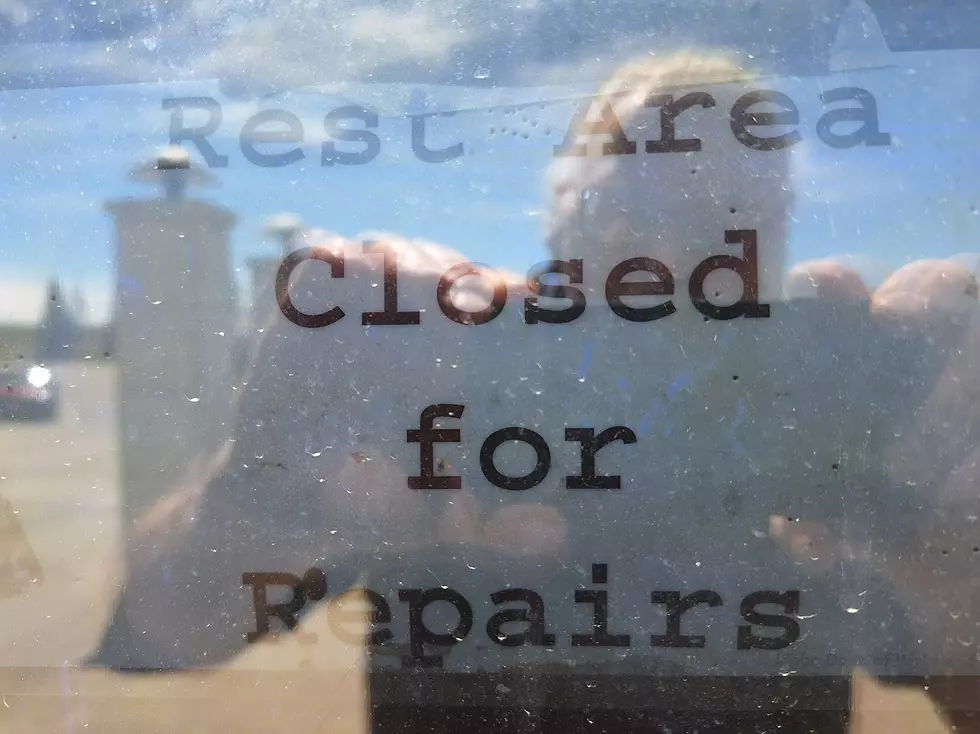
ALERT: Idaho Drivers Could be Seeing a Big Spike in Gas Prices
I saved some money. I used my Fred Meyer card the last time I bought gas. It cut my price by a dime per gallon. I’ve saved as much as 20 cents a gallon in the past. The price I paid this past weekend was the least I’ve shelled out in months. It made me happy but I’m just as likely to go into the store and buy a case of Gatorade (which I don’t need) and wipe away my savings. It’s also strange that paying $3.46 a gallon suddenly feels like a bargain when you consider where we were one year ago. We’ve been conditioned to pay more!
In recent weeks I’ve written about how in real dollar terms gasoline isn’t historically expensive, however. I also explained our parents and grandparents didn’t carry smartphones and have expensive home entertainment packages. Their overall disposable income without those luxuries probably exceeded what we can spend.
Crisis Factors are Multiplying
Gas prices have been volatile. I’m not telling you anything you don’t already know. Things could get worse again and soon. Click here for a story from Oil Price. The writer explains our inflationary spiral and supply issues could quickly push us past 100 dollars a barrel.
The story doesn’t mention the crisis in Ukraine. It appears the White House has painted itself into a corner and will now feel compelled to take some action, and it could possibly be boots on the ground in Eastern Europe. While we’re distracted would Iran close some shipping lanes in the Persian Gulf and would China scoop up Taiwan?
Idaho Can't Escape Events Worldwide
These are events all far from Idaho but show us how much the globe has become interdependent. Two years ago, the United States was energy independent. Now big oil is moving away from new fields and wells. Much is due to pressure by some investors and governments to develop more environmentally friendly sources of energy.
Be warned. Next time you fill up you could well have a rough ride.


